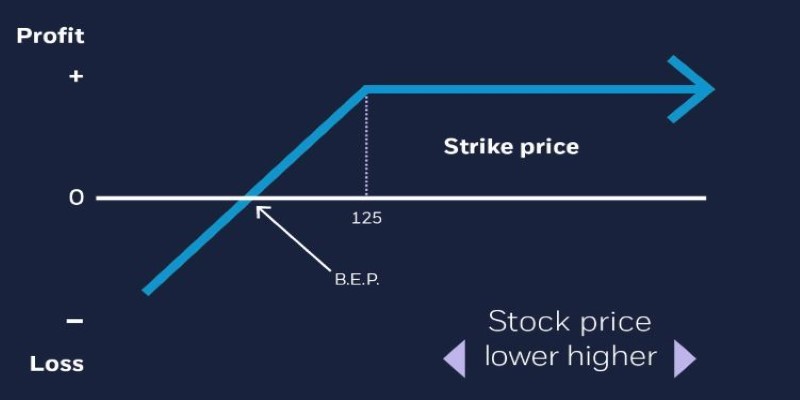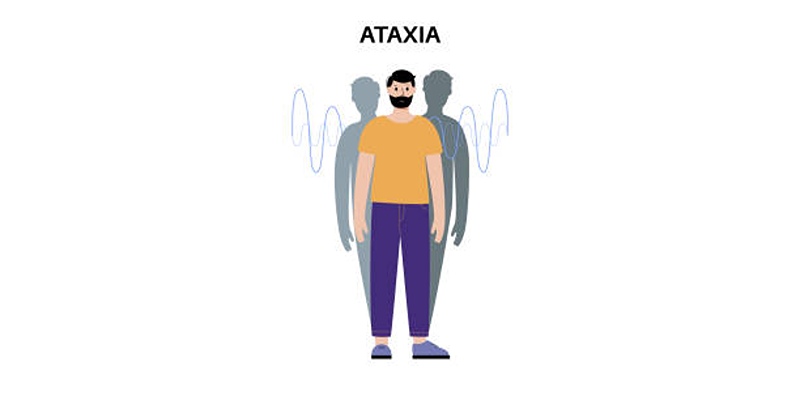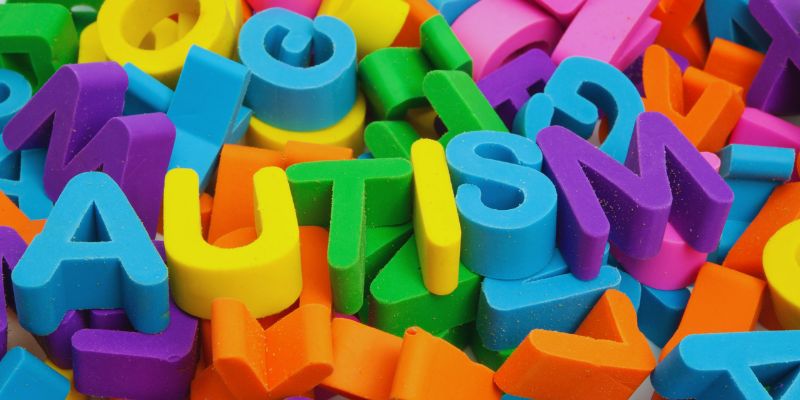Saving for Tomorrow: The Role of Kids Savings Accounts in Financial Education
In a world that’s increasingly driven by technology and money management apps, teaching kids about financial responsibility at an early age is more important than ever. One of the best ways to set them on the path to financial independence is through a Kids Savings Account. These accounts provide a great opportunity for children to learn about budgeting, saving, and the importance of managing money.
But why should you open a savings account for your child? This article explores the benefits, the various types of accounts, and how those tools lay the groundwork for better financial habits that will help him through and beyond his adult years.
Understanding Kid's Savings Accounts
A savings account designed particularly for children that teaches them money management skills. Unlike a general adult account, the accounts mostly have a smaller minimum deposit required, fewer charges, and control features of access by parents in order to assist kids in developing the savings basics.
One key aspect of these accounts is that they provide a tangible way for kids to see how their savings grow over time. Watching their balance increase as they deposit money can be a powerful motivator for children to continue saving, helping them build financial discipline from a young age.
Many Kids Savings Accounts also offer other perks, including no monthly maintenance fees and online tools that enable children to track their spending and saving goals. Some even offer matching deposits or interest, giving the child another incentive to save.
The Benefits of Kids' Savings Accounts
A child's savings account often extends beyond teaching your child how to save money. These accounts have several advantages:
Encourages Financial Literacy:

One of the main advantages of opening a Kids' Savings Account is that it encourages children to become more financially literate. By giving them the tools to manage their own money, you are helping them understand how saving, budgeting, and earning interest work.
Promotes Healthy Saving Habits:
When children are exposed to savings accounts at an early age, they begin to understand the importance of saving for future goals, whether it's for a new toy or college. Learning this skill early can set them on the path to being financially responsible adults.
Fosters Independence:
As children learn to manage their savings, they also begin to feel more independent. They have control over how they spend and save their money, which can build confidence and help them understand the value of earning money through work or allowance.
Prepares Them for Adult Responsibilities:
Having a savings account prepares kids for the responsibilities they'll face when they turn 18. They'll already be familiar with the concept of managing an account, budgeting, and making informed decisions about money.
Parental Guidance and Oversight:
Many Kid's Savings Accounts are set up with parental oversight options so parents can help monitor transactions, encourage savings, and provide guidance as needed. This ensures that your child gets the most out of their account while also keeping them on track.
Types of Kids' Savings Accounts
There are several types of Kids Savings Accounts available, each with its features. The best option will depend on your child's age, financial goals, and your preferences as a parent. Here are the most common types:
Joint Accounts:
Many banks offer joint savings accounts where the child and the parent are both account holders. This provides the parent with full control and the ability to monitor the account while also giving the child a sense of ownership and responsibility.
Custodial Accounts:
These accounts are managed by an adult (usually a parent or guardian) until the child reaches the age of majority. While the adult is in charge of the account, the child is the beneficiary and can take over the account when they turn 18.
Online Accounts:

Some banks and credit unions offer online Kids Savings Accounts, which allow children to manage their money via a computer or smartphone. These accounts often include educational tools to help kids learn about saving, spending, and setting financial goals.
Interest-Bearing Accounts:
Many Kids Savings Accounts offer interest on the money in the account, allowing your child to see their savings grow. This feature helps children understand the concept of earning money through interest, a key principle in personal finance.
How to Open a Kids Savings Account
Opening a Kid's Savings Account is a simple process, but it does require a few steps to ensure that you pick the right account for your child. Here's what you'll need to do:
Research Banks and Credit Unions: Start by researching local banks or credit unions that offer Kids Savings Accounts. Look for an account with no or low fees, a good interest rate, and easy access to funds.
Gather Documentation: You'll typically need the child's birth certificate, Social Security number, and proof of address. You may also need your identification, like a driver's license or passport.
Make the Initial Deposit: Most Kids' Savings Accounts require a small minimum deposit to open. This amount can vary from bank to bank, but it's usually manageable for most parents.
Set Savings Goals: Once the account is open, it’s a great idea to sit down with your child and set some savings goals. These goals could be short-term (like saving for a new bike) or long-term (like saving for college).
Conclusion
Kids' Savings Accounts are a valuable tool in teaching children financial responsibility. By opening an account, you help them develop essential skills like saving, budgeting, and understanding interest. These habits will serve them well throughout life. With proper guidance and involvement in the process, children can learn to manage their money effectively, laying the foundation for future financial independence. A Kid's Savings Account is more than just an account—it’s an investment in their financial future.












